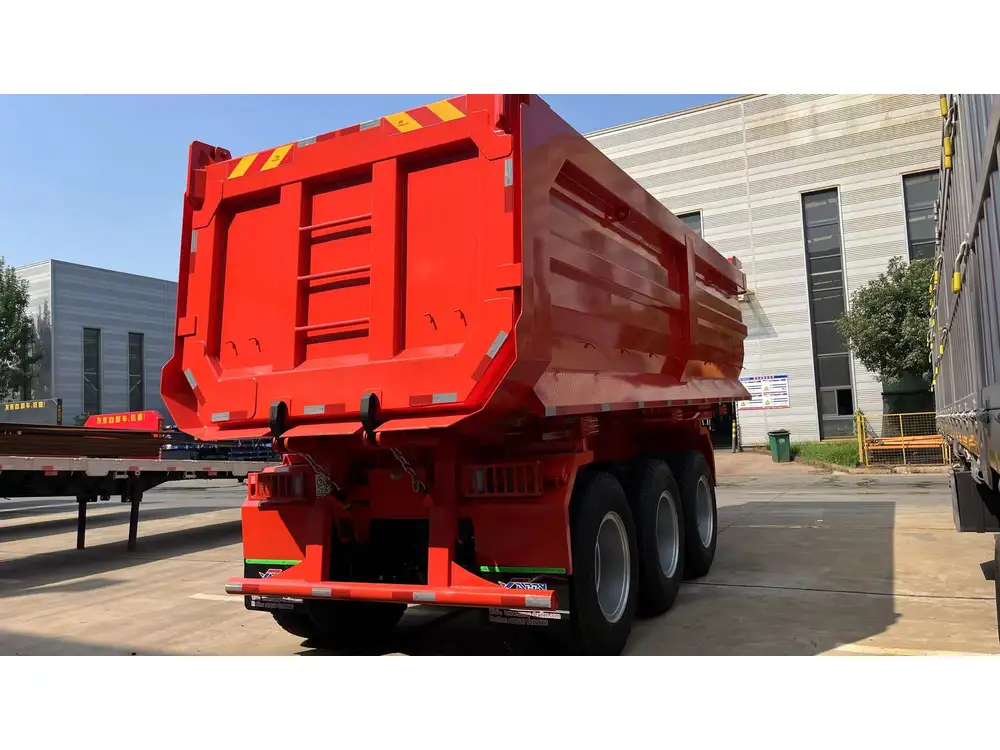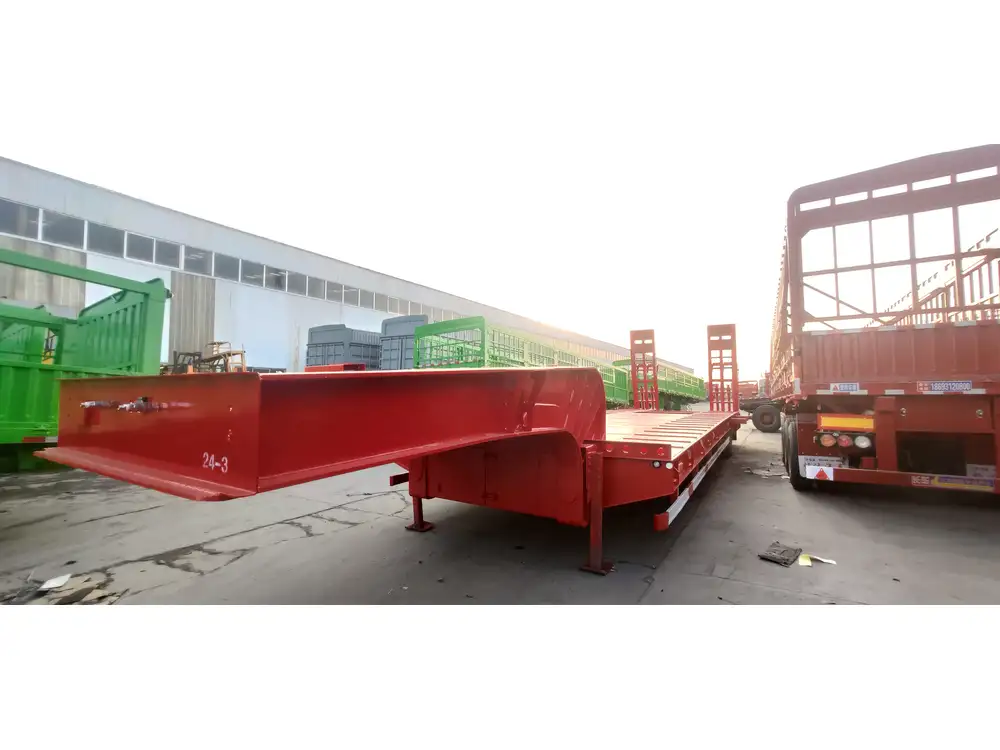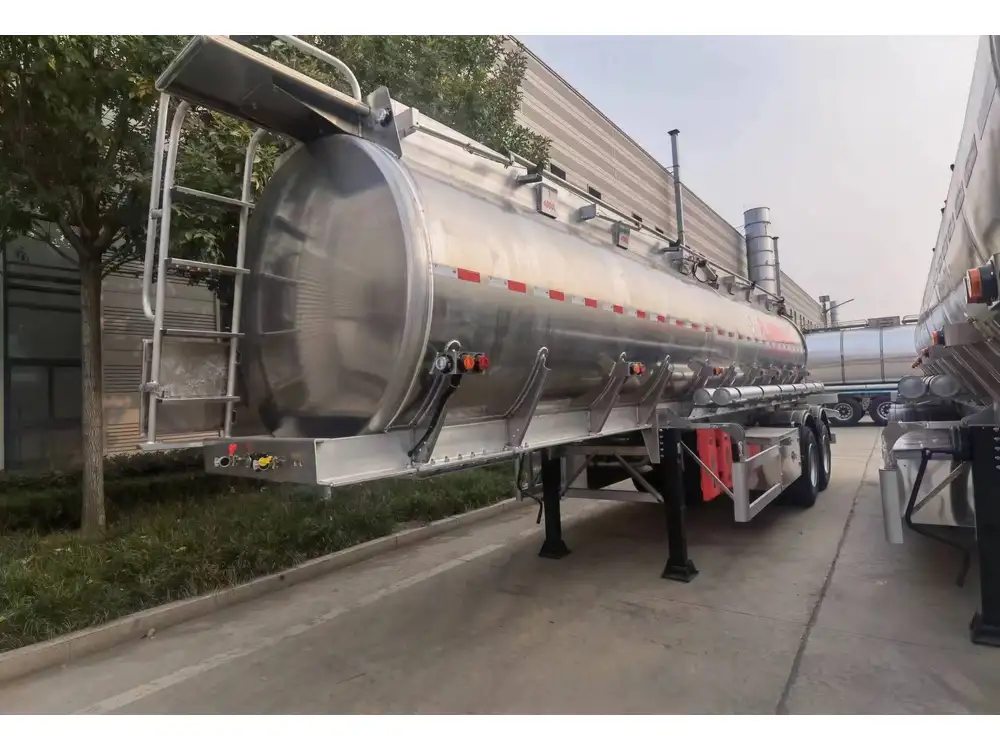When considering the versatility and utility of dump trailers in construction, landscaping, and various hauling applications, it is critical to understand their capabilities. This guide focuses on the specific question: How many yards can a 7x14x4 dump trailer hold?
Dimensions and Specifications of a 7x14x4 Dump Trailer
Size Breakdown
To interpret the dimensional notation of a 7x14x4 dump trailer:
- 7 feet: The width of the trailer.
- 14 feet: The length of the trailer.
- 4 feet: The height of the sides of the trailer.
These dimensions directly influence the total volume and, consequently, the hauling capacity of the trailer.

Volume Calculation
We calculate the volume of the trailer using the formula for the volume of a rectangular prism:
[ \text{Volume} = \text{Length} \times \text{Width} \times \text{Height} ]Substituting the dimensions:
- Length = 14 feet
- Width = 7 feet
- Height = 4 feet
To convert cubic feet into cubic yards (since one cubic yard equals 27 cubic feet):
[ \text{Cubic Yards} = \frac{392}{27} \approx 14.52 \text{ cubic yards} ]Thus, a 7x14x4 dump trailer holds approximately 14.5 cubic yards of material.
Capacity Beyond Volume: Weight Considerations
While volume is an essential factor, it is equally crucial to consider the weight capacity of the trailer. Dump trailers are not only confined by how much they can hold in volume but also by their weight rating.
Common Weight Limits
Typical weight capacities for dump trailers depend on the type and model, but as a general guideline:
- Light-duty trailers: Around 6,000 to 10,000 lbs.
- Medium-duty trailers: Approximately 10,000 to 15,000 lbs.
- Heavy-duty trailers: 15,000 lbs and above.
By considering the weight of the material being loaded, it is essential to ensure you do not exceed the trailer’s Gross Vehicle Weight Rating (GVWR).

Weight of Common Materials
Understanding the average weight of materials can assist you in calculating how much you can load based on weight rather than volume. Here’s a quick reference table:
| Material | Weight per Cubic Yard (lbs) |
|---|---|
| Soil | 2,000 – 3,000 |
| Gravel | 1,400 – 2,200 |
| Sand | 2,000 – 3,000 |
| Concrete (crushed) | 2,700 |
| Mulch | 800 – 1,200 |
Example Weight Calculations
For instance, if you intend to load dirt into your dump trailer:
- Using the maximum volume: 14.5 cubic yards of dirt.
- Average soil weight: about 2,500 lbs/cubic yard.
Thus, the total weight would be:
[ 14.5 \text{ cubic yards} \times 2,500 \text{ lbs/cubic yard} = 36,250 \text{ lbs} ]This exceeds the weight capacity for many 7x14x4 dump trailers, which illustrates the importance of knowing not just the volume but also the material specifics.
Practical Applications of a 7x14x4 Dump Trailer

Landscaping
In landscaping projects, a 7x14x4 dump trailer can transport mulch, soil, gravel, and decorative stones efficiently. You can load approximately 14.5 cubic yards of mulch, enabling numerous residential or commercial landscape jobs without multiple trips.
Construction Sites
On construction sites, the utility of a dump trailer is evident when moving debris, crushed concrete, and other construction materials. Given the approximate capacities, you can efficiently transport heavier materials while adhering to weight limitations.
Home Renovations
Homeowners undertaking extensive renovations can benefit by transporting debris, old materials, or new finishes through the versatility of a dump trailer. The ample capacity allows for hauling large quantities in a single trip, thereby reducing the time spent on disposal or acquisition efforts.

Major Considerations When Using Dump Trailers
Payload Management
Avoid overloading the dump trailer. Understand the weight capacity of your specific model. An overload can lead to vehicle instability, poor handling, and can cause legal penalties.
Distribution of Load
Evenly distributing the load not only ensures safety but also extends the life of your trailer. Centralizing the weight helps prevent undue strain on axles and increases the likelihood of even tire wear.

Safety Protocols
Adhere to safety protocols while loading and transporting materials. Utilize appropriate tie-downs, and ensure that the materials are stable before moving. Utilize caution when dumping materials to ensure no damage is caused to the vehicle or surrounding area.
Maintenance for Longevity
Like any equipment, regular maintenance is critical for command of a dump trailer. Here’s an essential maintenance checklist to extend your trailer’s life:
| Maintenance Task | Frequency | Notes |
|---|---|---|
| Inspect Brake System | Every Trip | Ensure brakes function properly, check fluid levels. |
| Check Tire Pressure | Monthly | Maintain optimal pressure to ensure safe travels. |
| Lubricate Moving Parts | Every 3 Months | Extend the life of ramps, hinges, and jacks. |
| Inspect Wiring and Lights | Before Each Use | Check for damages and ensure proper function. |
| Clean Trailer After Each Use | After Each Use | Prevent corrosion and maintain appearance. |
Final Thoughts: Enhancing the Decision-Making Process
Understanding the volume capacity alongside the weight limitations of a 7x14x4 dump trailer enables users to optimize their operations, whether in landscaping, construction, or home renovation projects.
When determining how much material your trailer can transport, always consider both the volume in cubic yards as well as the weight limits corresponding to your chosen materials. Proper planning and understanding of your trailer’s performance will not only maximize efficiency but also minimize risks associated with overloading, ensuring a safe, effective hauling experience.
Equipped with this knowledge, users can confidently utilize dump trailers, enhancing productivity and safety in various applications. We encourage trailer owners and potential buyers to make well-informed decisions, ensuring both their projects’ success and the longevity of their valuable equipment.



